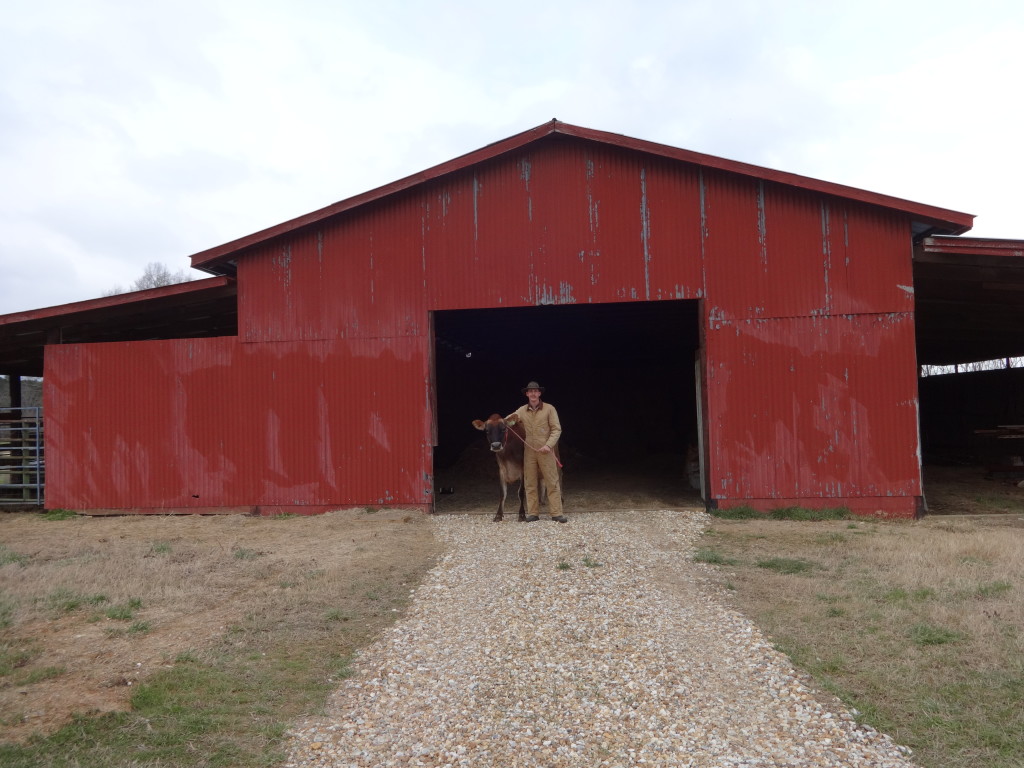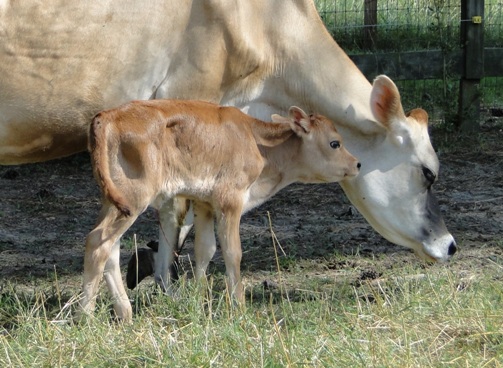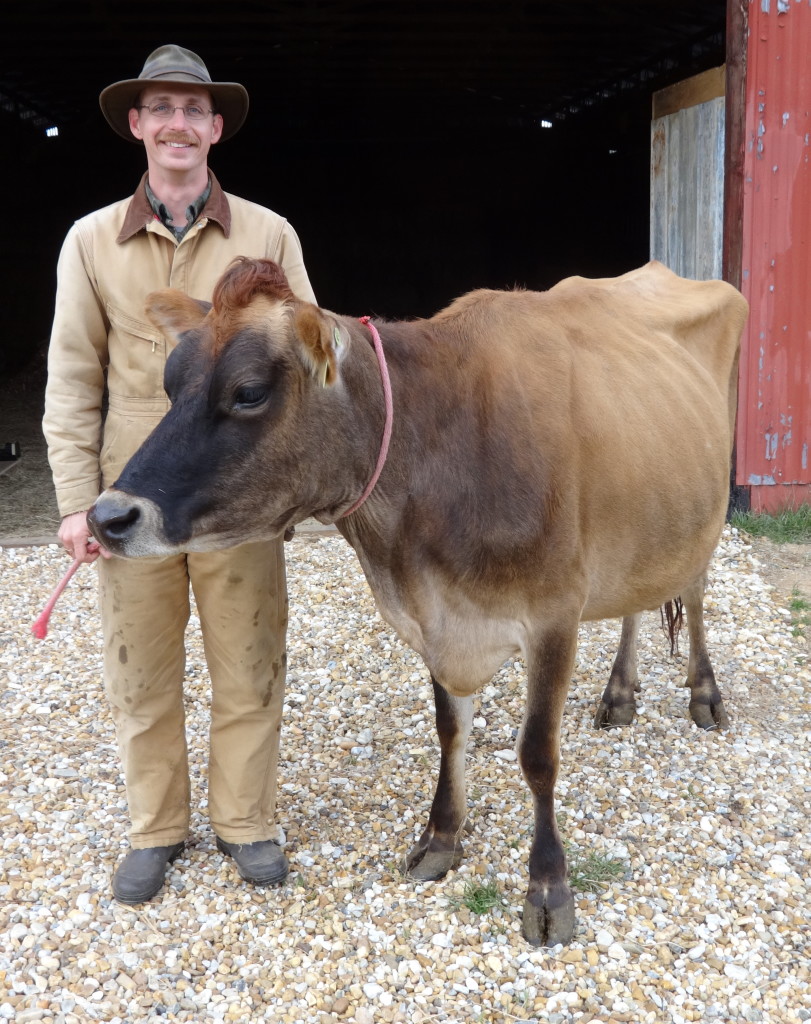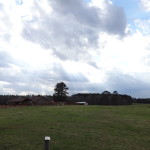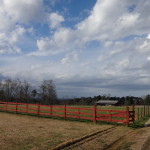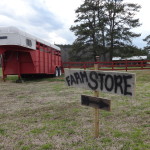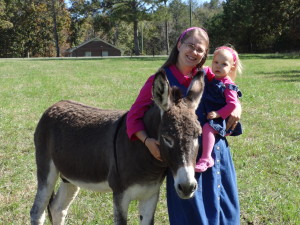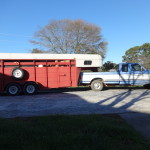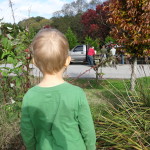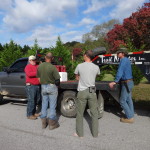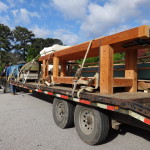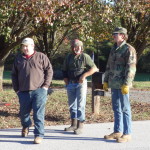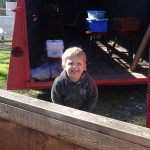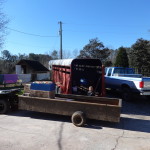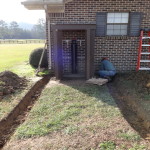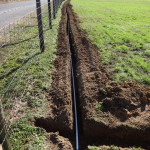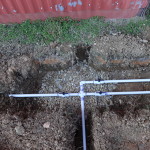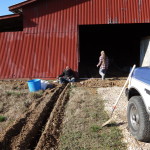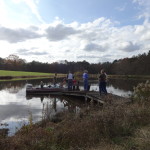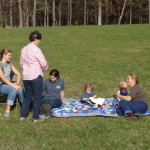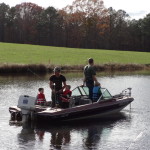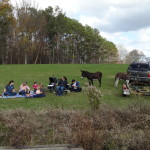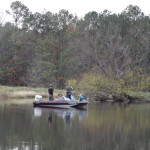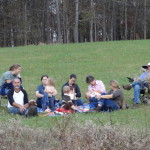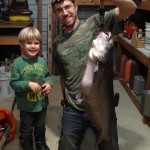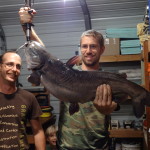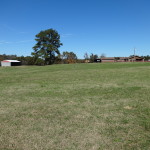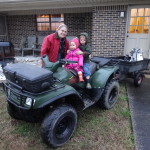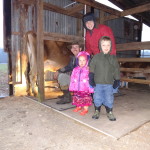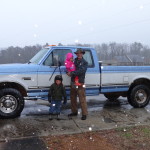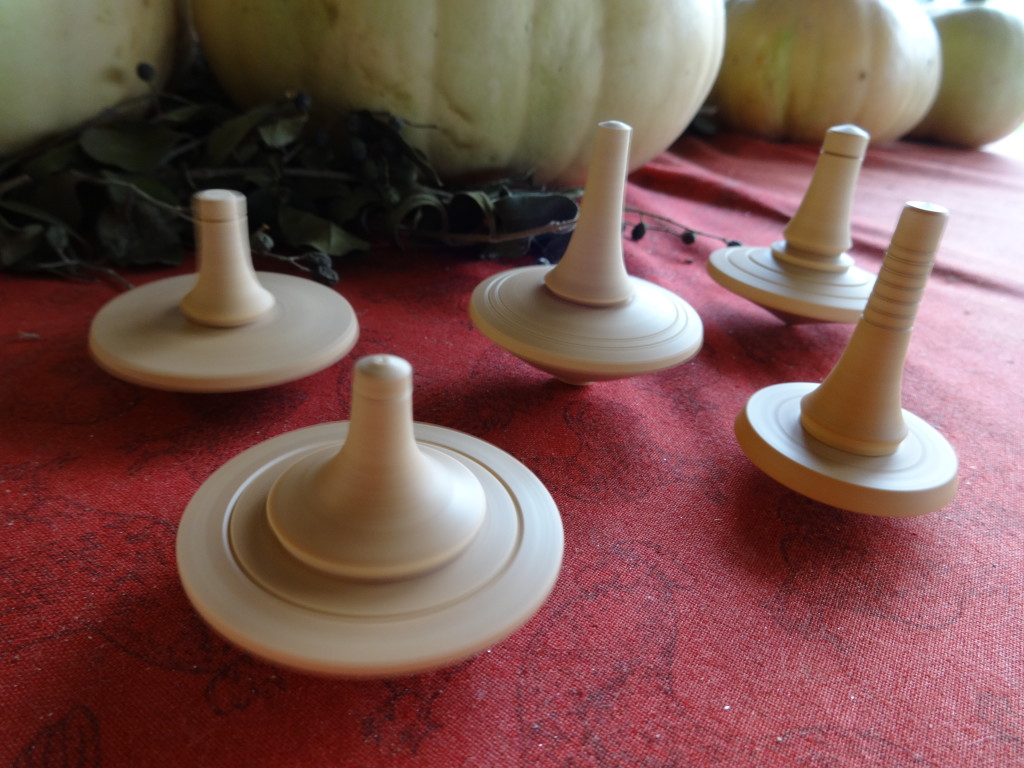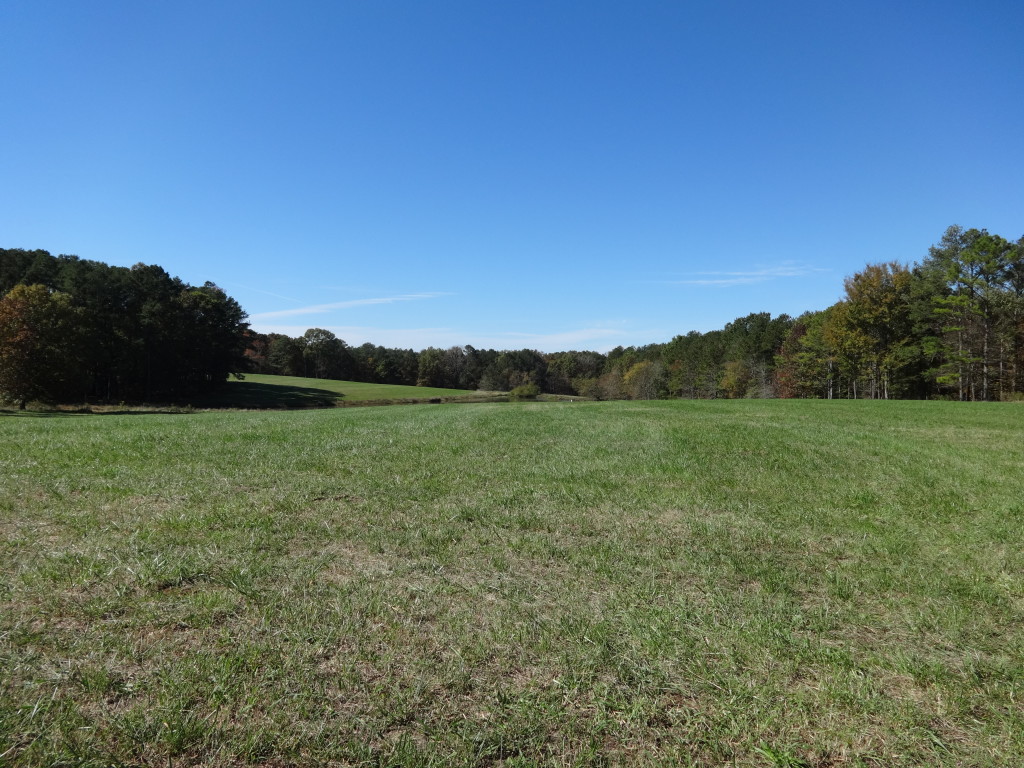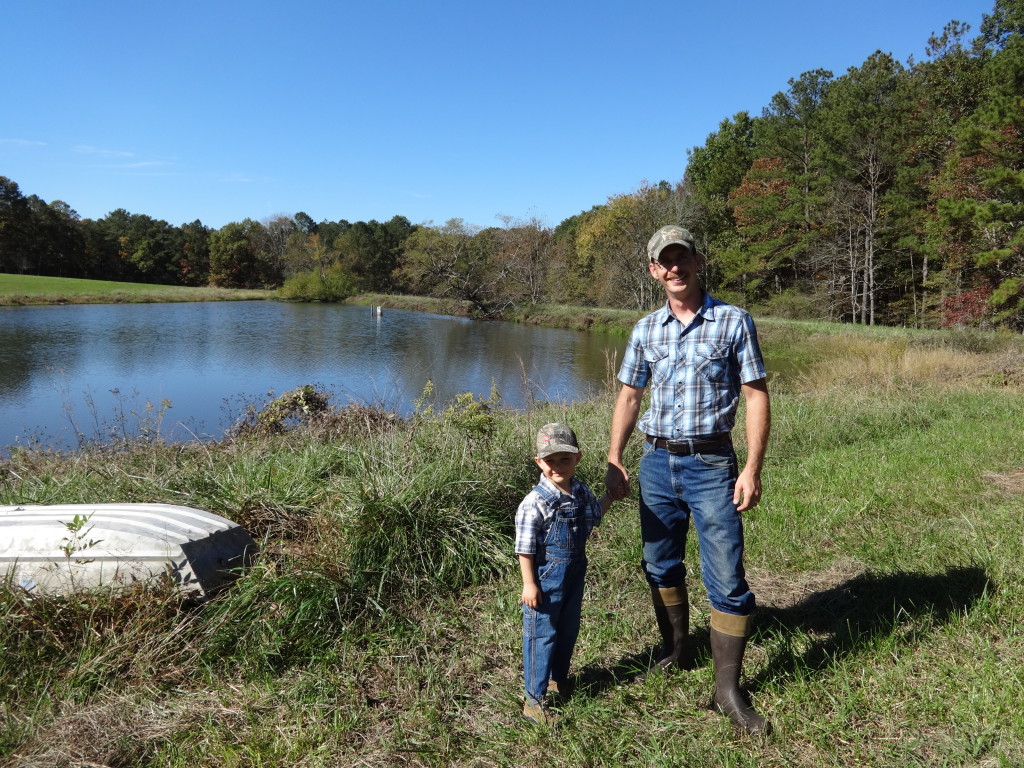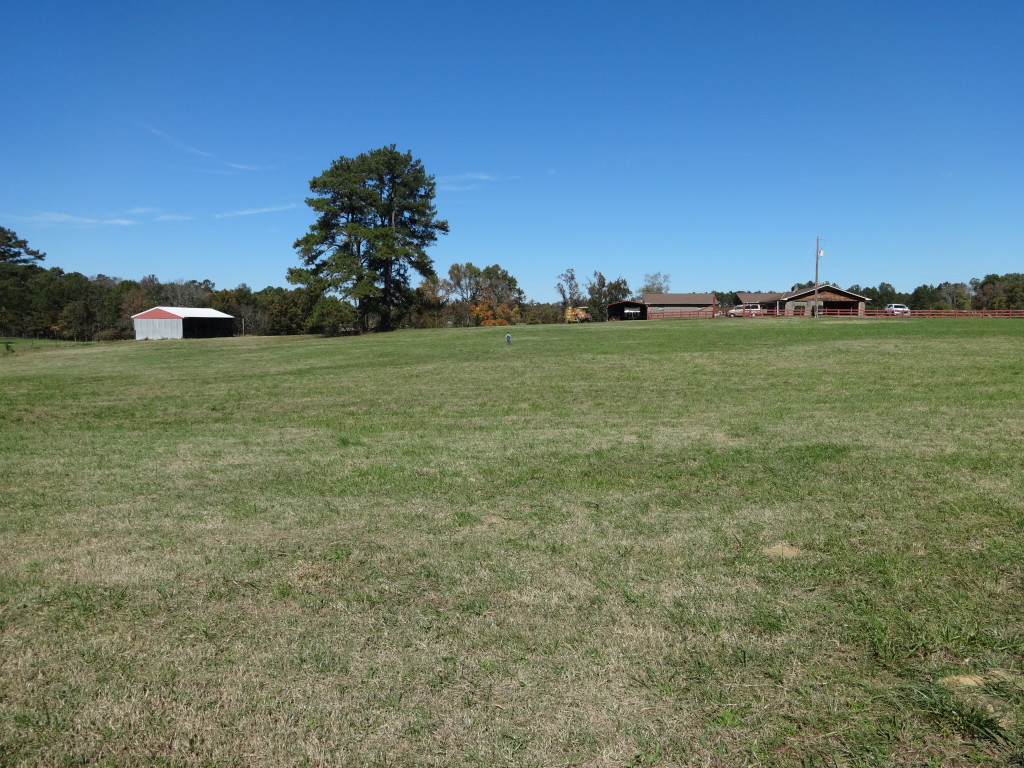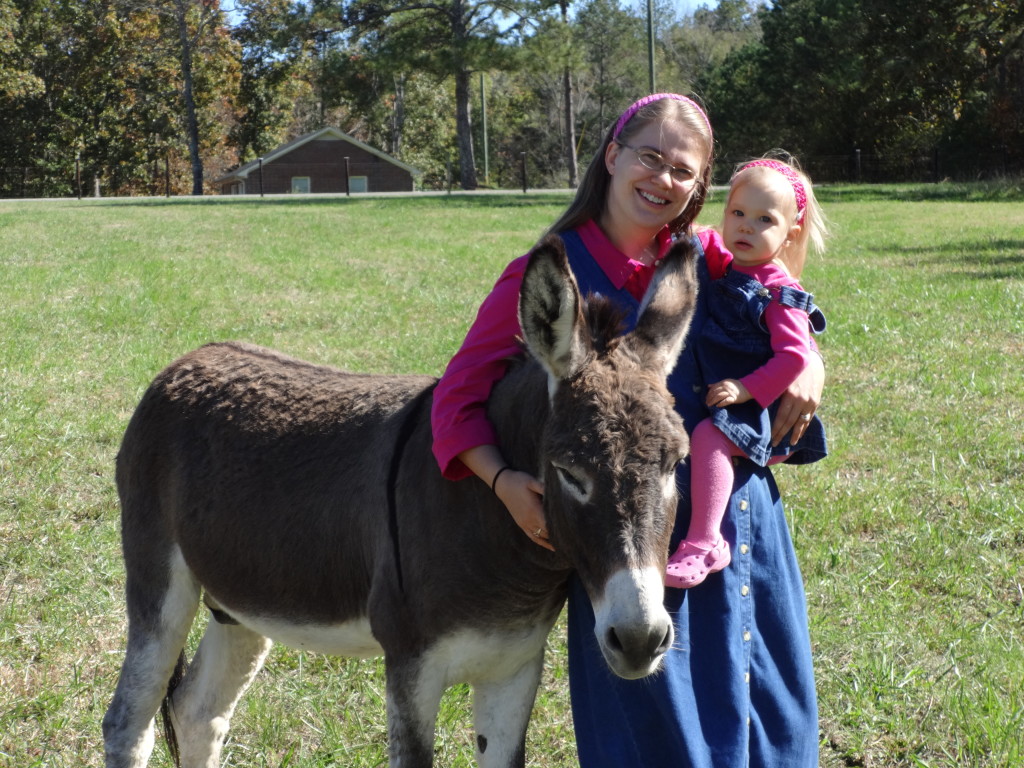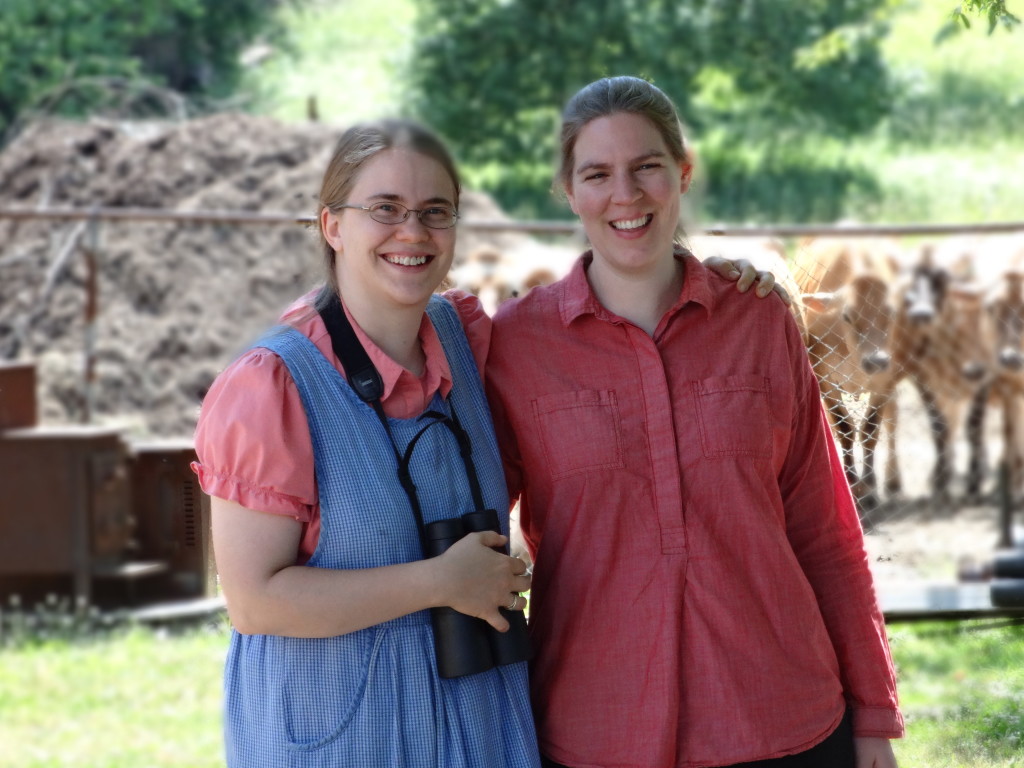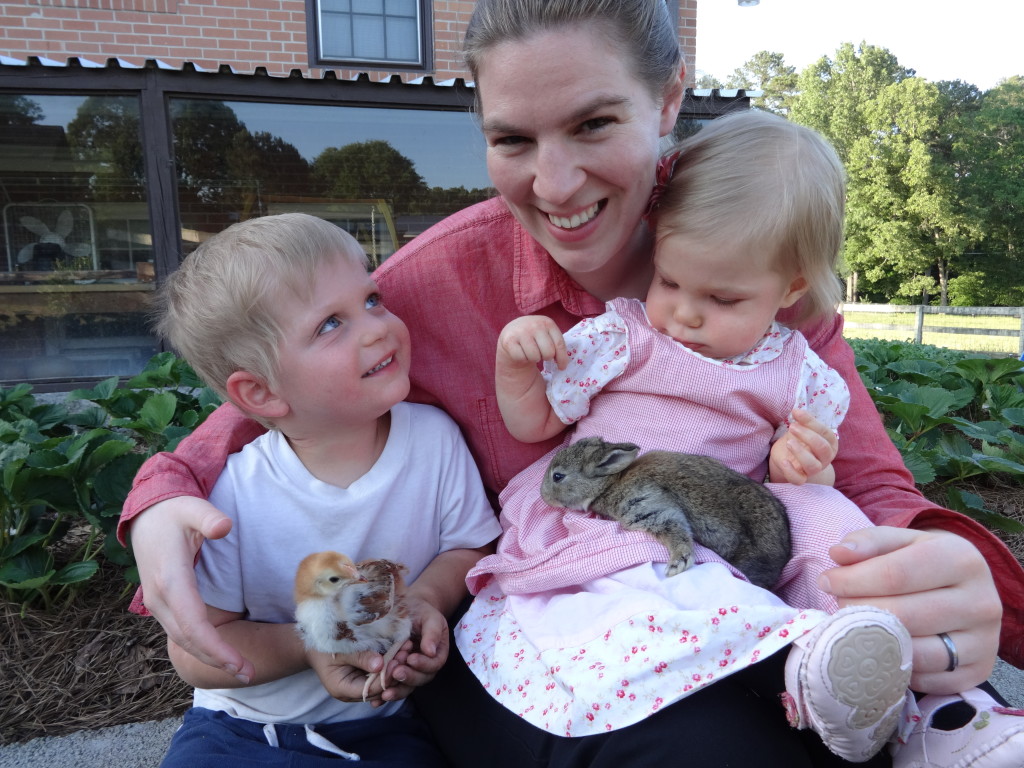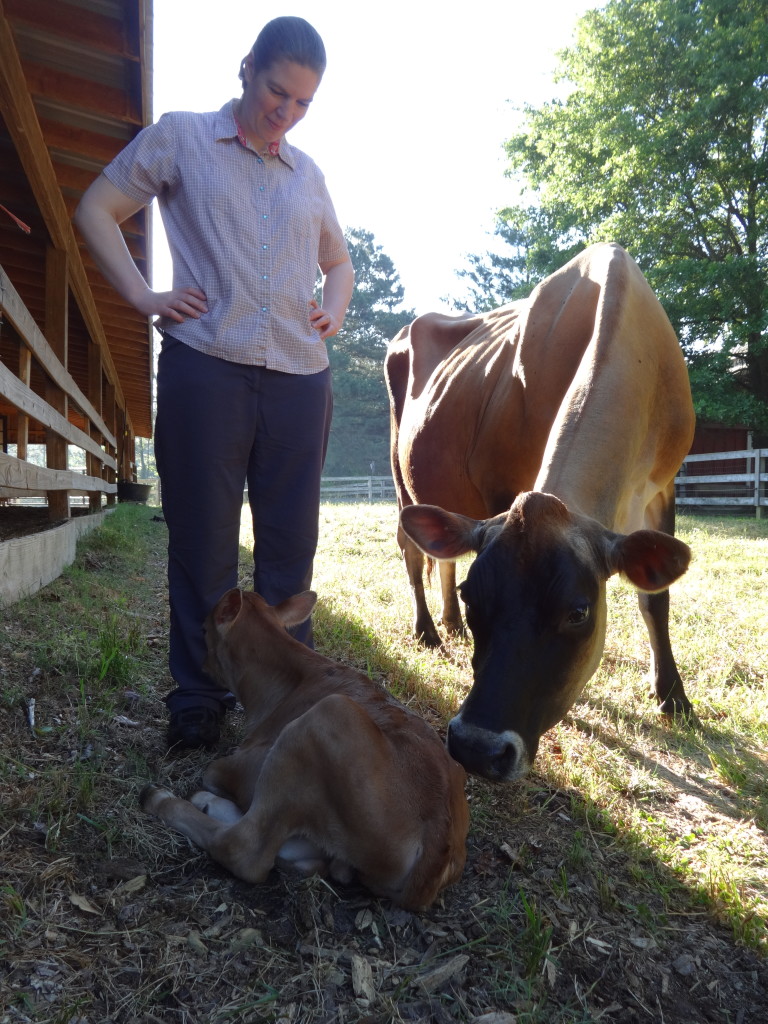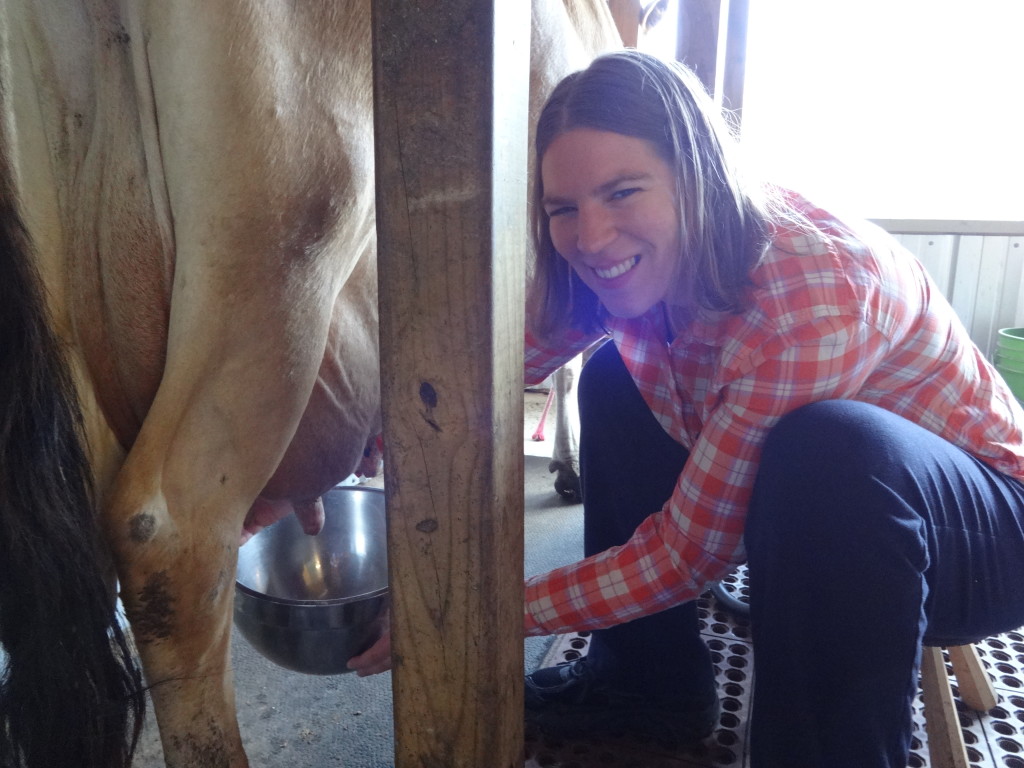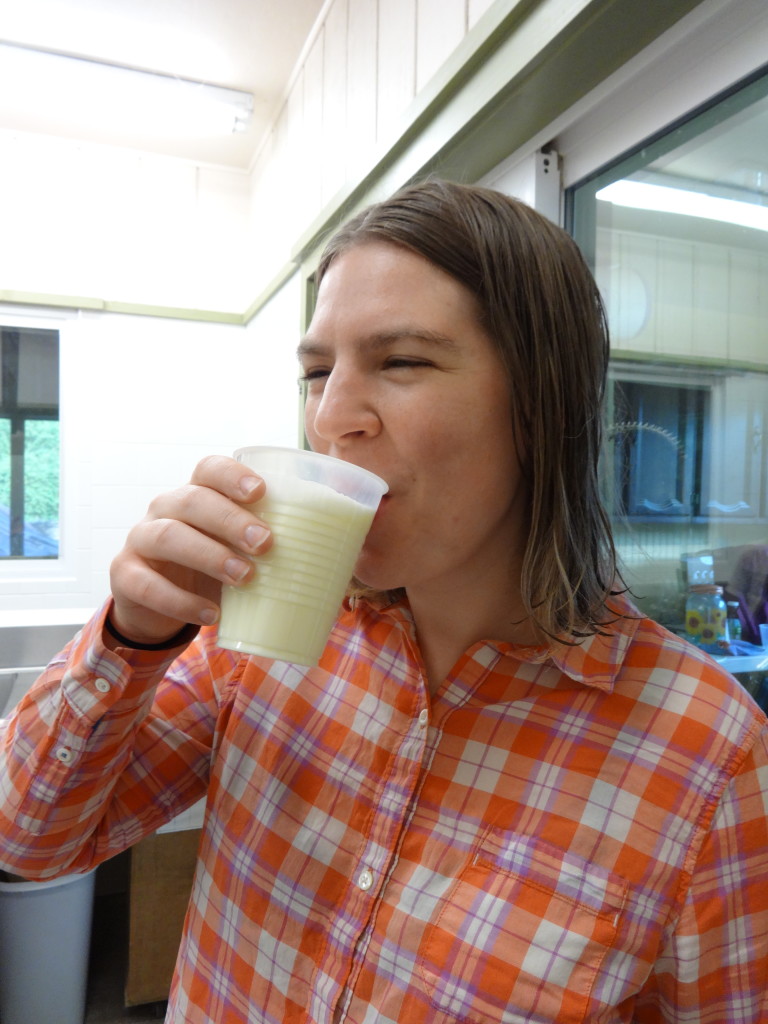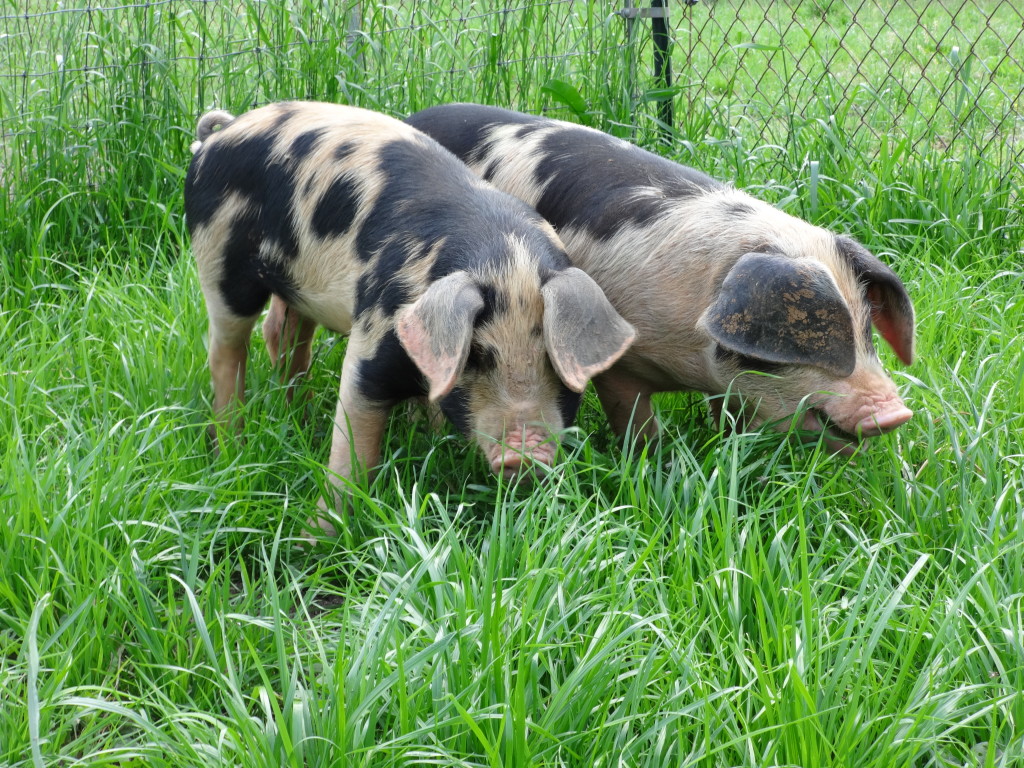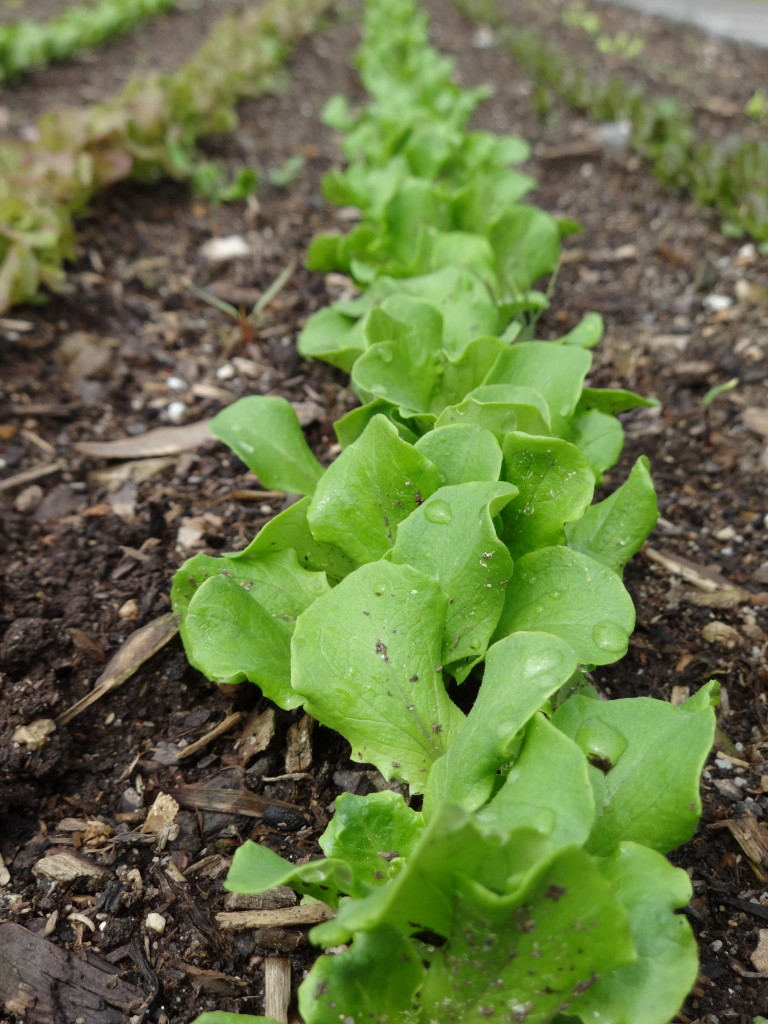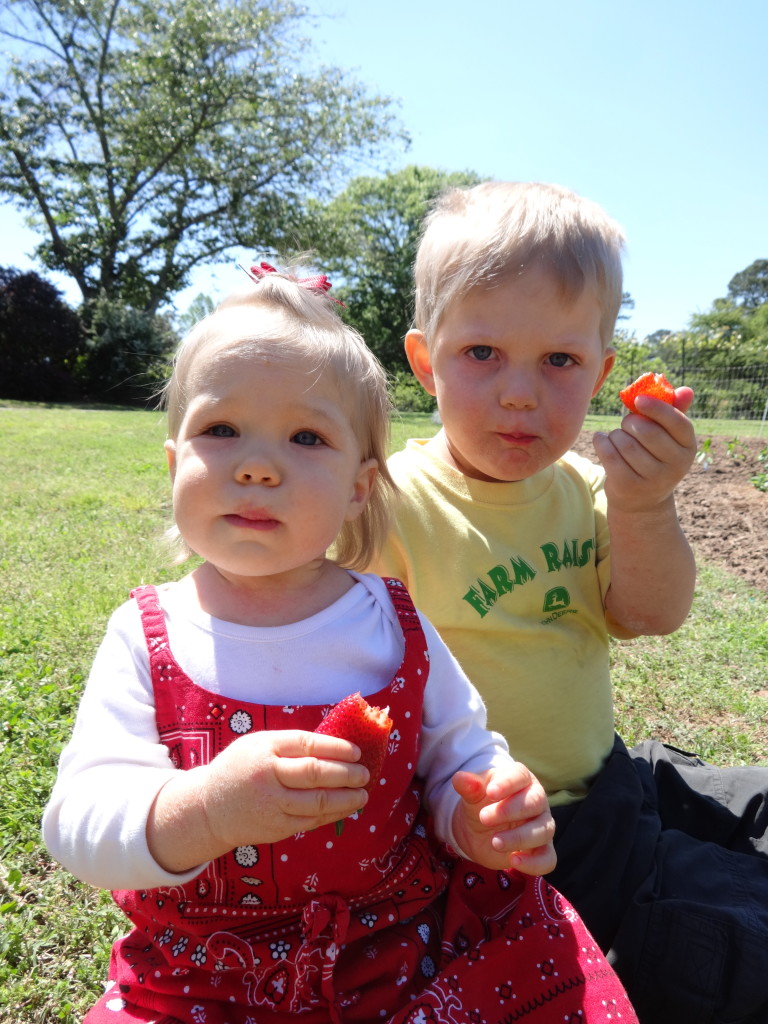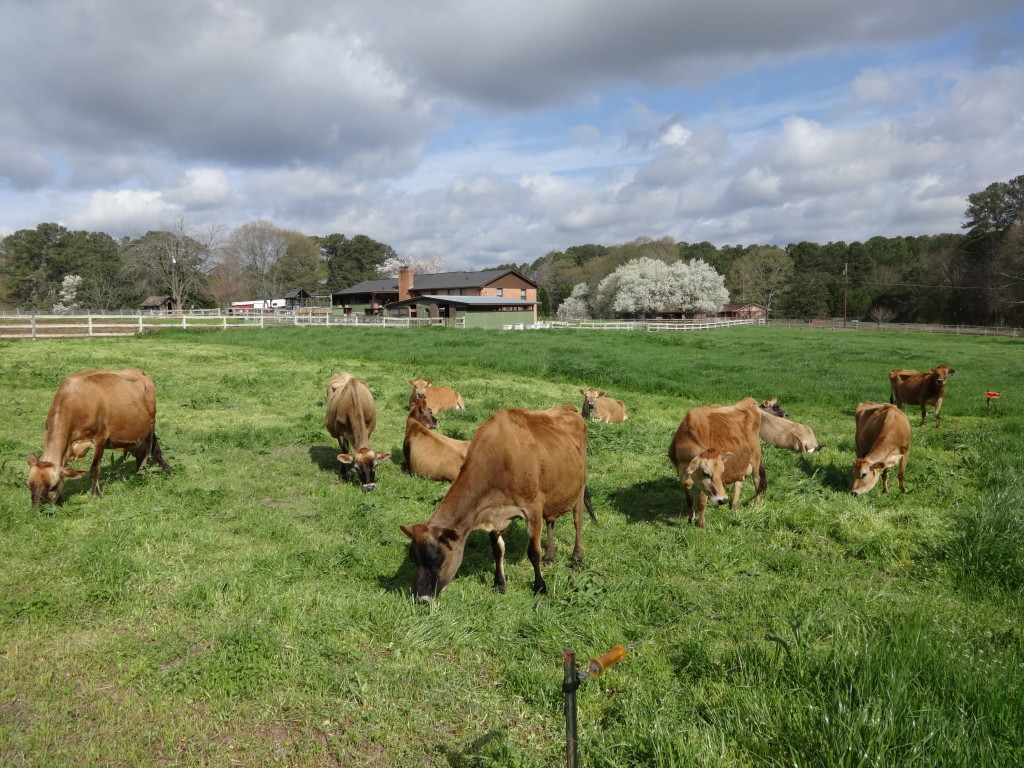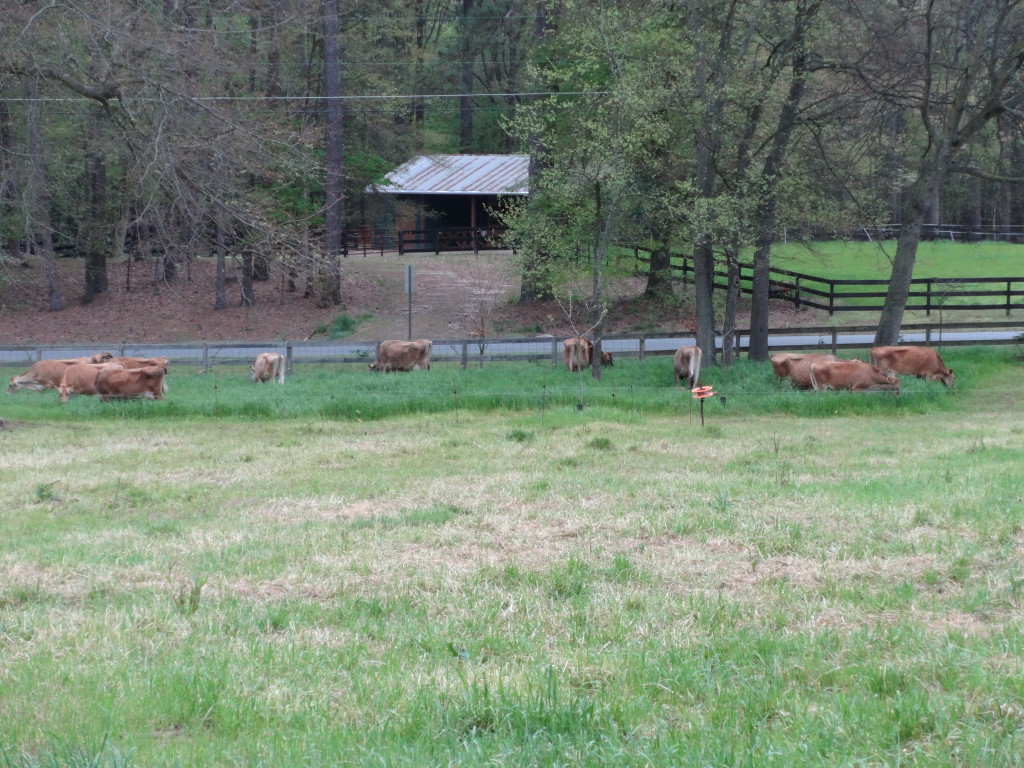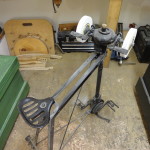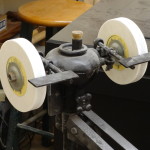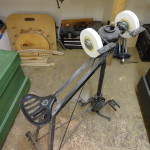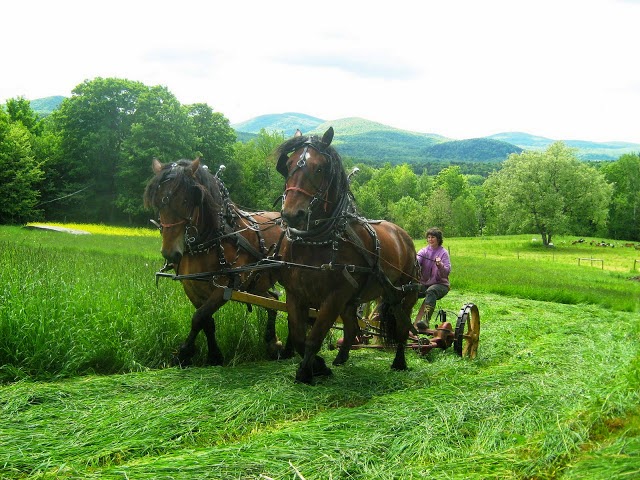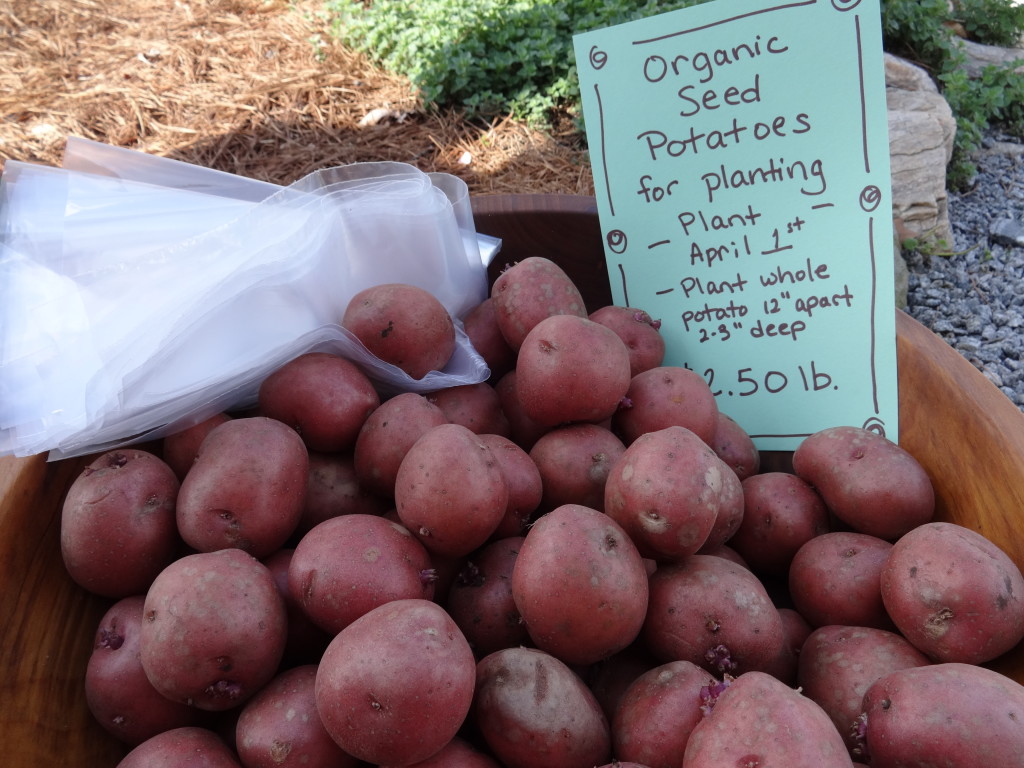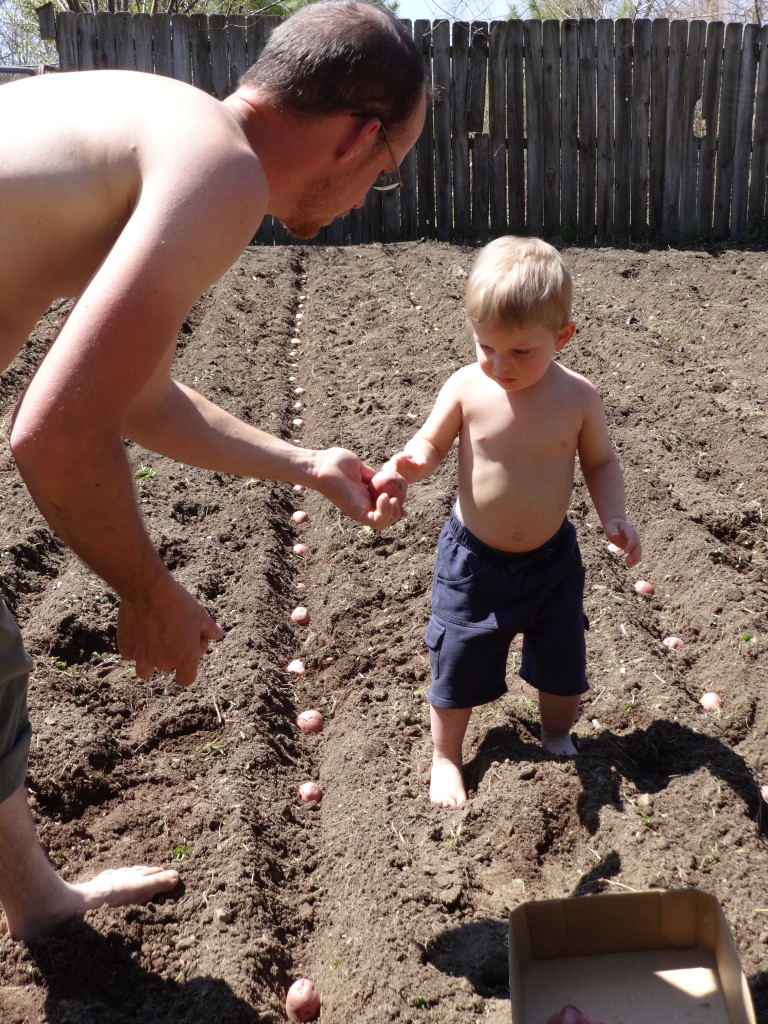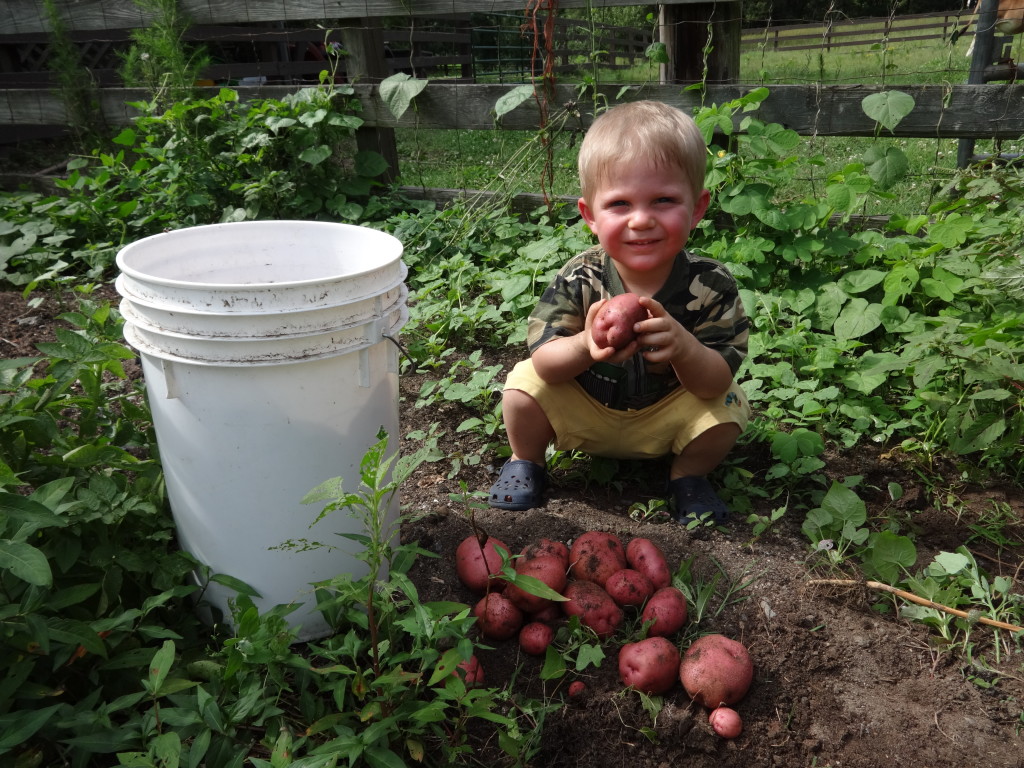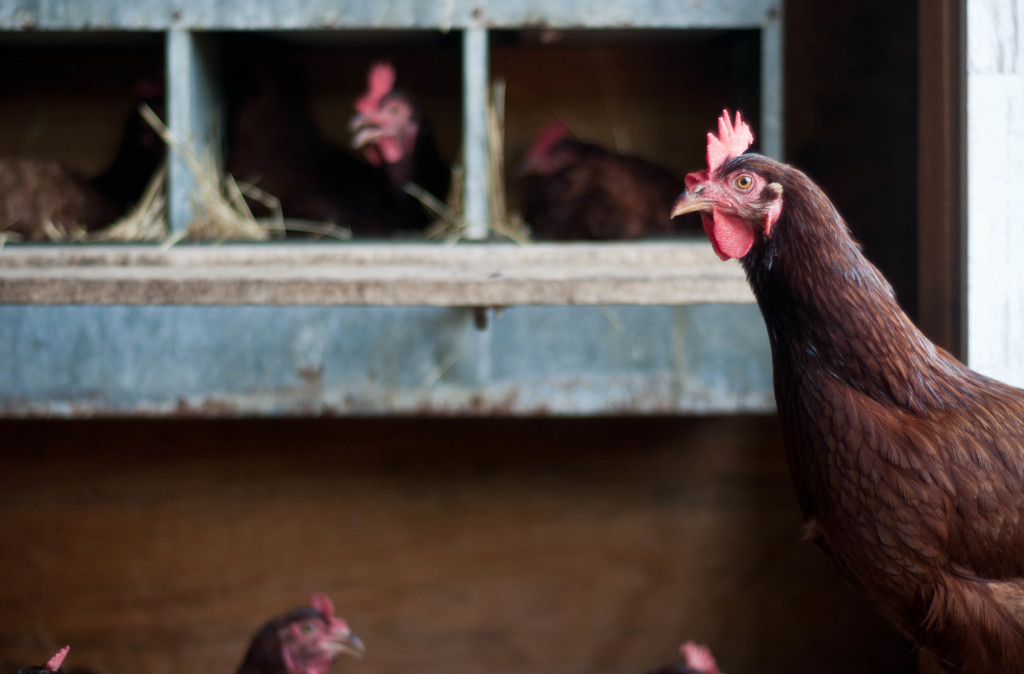Beulah is our first milk cow here in Alabama. My Daddy has been milking her for years. In fact, we milked her mother and raised Beulah as a baby calf. Interestingly, Beulah has come back home; her mother, Buttermilk, was originally from the Cedarcrest Dairy in Faunsdale, Alabama. And I guess I’m coming back home too; my Daddy’s parents spent some of their early years in Talledega, Alabama. It sure feels good to be here. The pace is so much slower out here, the nights are quiet and the sky just explodes with an amazing array of stars. Two of our adjacent neighbors keep cows, horses, and donkeys so the days are filled with bellowing, braying and neighing, which has been quite enjoyable.
Back to Beulah. She was different from day one. As a little calf she would march straight into the milking parlor while my Daddy was milking and demand attention, nuzzling right up to him. Most calves need a little halter training or bottle feeding before they want that much attention from people rather than their mother! Here is Beulah with her mother:
Over the years we continue to assess our genetics and for one reason or another we haven’t kept any of Beulah’s heifers as future milkers. But as she has mellowed and aged a bit we think we’re going to change that. She has become a very solid cow, and not too long ago she became the herd leader.
Every cow herd has a boss cow. Sometimes they’re quite vocal and adamant about being boss, but sometimes, like with Beulah, it’s more subtle. If you watch the herd a little while, you soon realize that Beulah eats first, drinks first, and well, sleeps in the prime spot in the barn, wants to be milked first, and certainly keeps young, unruly heifers in line. But, she does it without the angst and fury that some of the cows we’ve had that try to exercise their authority constantly, and as a result the friendly, little calf has become our favorite lead cow!
It’s been a wonderful three weeks here in Hokes Bluff. We’ve met a great many friendly folks and have generally enjoyed what I think of as an old-time, country community of people. I’ve forgotten the number of churches we’ve been invited too, and the local hardware store has already been a breathe of fresh air. Ben and Jackie in ‘downtown’ Hokes Bluff have a great selection of all those necessities for a farm and house; we were really pleased to find them and their store.
We had a few issues with the house in our first few weeks here, but they’ve all turned out to be a chance to meet some of the locals. The plumbing and septic gave us some trouble early on, but Greg Pollard, the plumber, and A.J., the septic man, were very kind and helpful. Our transformer blew out, and the Alabama Power crew had us up and running shortly.
We look forward to all that the Lord has for us here in Hokes Bluff, and we hope that any of you that can will come out to see us and Beulah! I can attest to the quality of her milk being made on the fine grass hay made right from this property; I’m drinking the milk, eating yogurt, and enjoying ice cream from her, and boy is it fresh, cold, sweet and wonderful. It’s sure good to be home!

